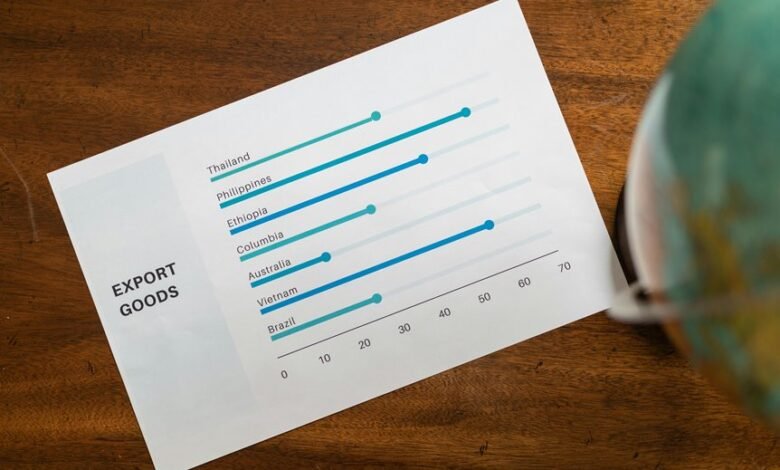739122052 Callback Demand Frequency Analysis

The 739122052 Callback Demand Frequency Analysis systematically examines customer callback requests. It utilizes statistical techniques to identify significant patterns and trends. Key findings reveal a strong correlation between peak demand times and customer behavior. Understanding these dynamics could inform businesses about operational adjustments. However, the influence of various factors on this demand remains complex. This complexity raises questions about how businesses can effectively adapt their strategies in a rapidly changing environment.
Methodology of Callback Demand Frequency Analysis
The methodology of Callback Demand Frequency Analysis employs systematic data collection and statistical techniques to quantify the frequency of callback requests.
This approach ensures an accurate representation of demand patterns, enabling analysts to discern trends and anomalies.
Key Findings From the Analysis
Although the analysis revealed a variety of callback request patterns, several key findings emerged that significantly enhance understanding of demand dynamics.
Notably, callback trends indicated a strong correlation between peak times and customer behavior, suggesting that urgency drives demand.
Additionally, fluctuations in request frequency highlighted the importance of contextual factors, allowing for improved forecasting and resource allocation in response to evolving customer needs.
Factors Influencing Callback Demand
Understanding callback demand requires an examination of various influencing factors that shape customer behaviors and preferences.
Key elements include customer behavior, which can fluctuate based on individual needs and expectations, and seasonal trends that often dictate the timing and volume of demand.
Implications for Business Operations
As customer preferences evolve and callback demand fluctuates, businesses must adapt their operational strategies to maintain efficiency and customer satisfaction.
Implementing data-driven approaches can enhance operational efficiency, allowing companies to allocate resources effectively.
Furthermore, responding proactively to callback patterns fosters stronger customer relationships, ultimately leading to higher satisfaction levels.
This adaptability is crucial for businesses aiming to thrive in a competitive landscape.
Conclusion
In conclusion, the 739122052 Callback Demand Frequency Analysis sheds light on critical patterns that can help businesses stay ahead of the curve. By understanding the intricacies of customer behavior and the factors influencing callback requests, organizations can fine-tune their operations and enhance service delivery. As the saying goes, knowledge is power; leveraging these insights can lead to improved resource allocation and strengthened customer relationships, ensuring businesses remain competitive in a dynamic market landscape.




